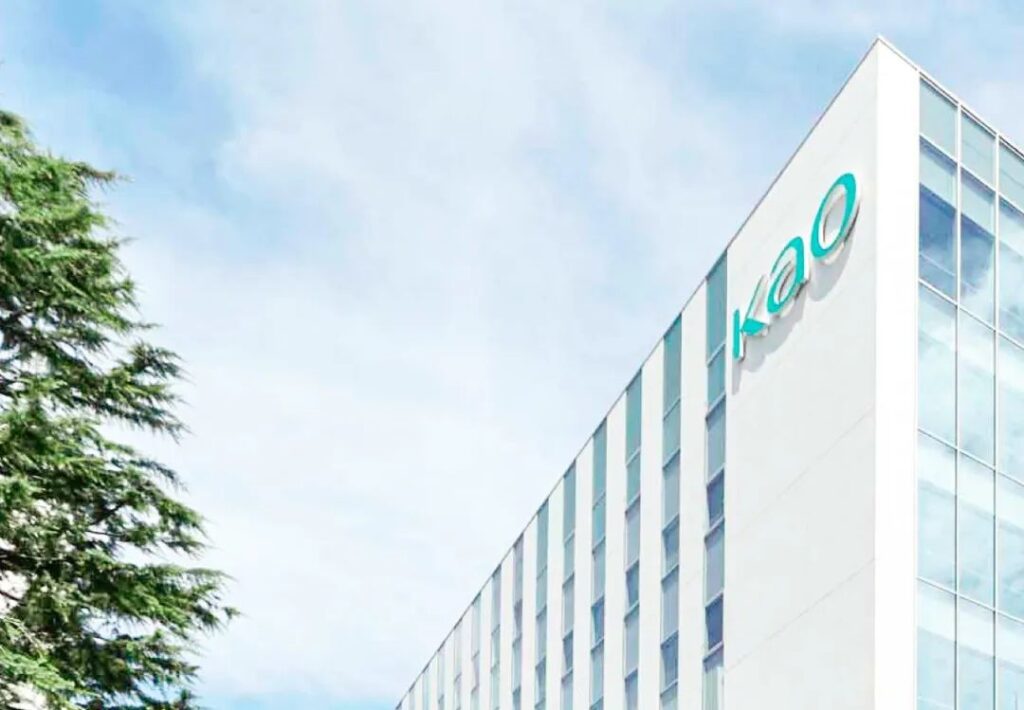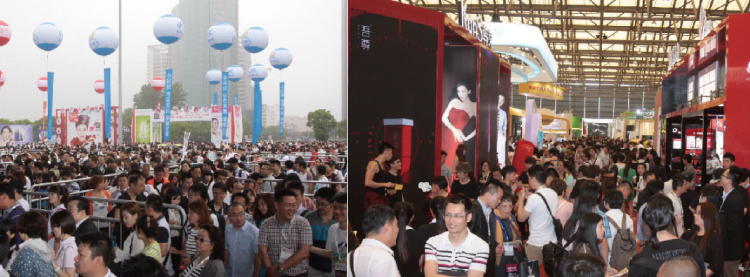Pierre Fabre, the French well-known pharmaceutical and medical skin care group, as well as being the parent company of Avène, Klorane, and René Furtherer, officially unveiled Pierre Fabre China Innovation Center in Shanghai. It is reported that the Center will be customized for research on the skin type of Chinese consumers, and development of more diversified product portfolios suitable for the local skin care market.
This year, Pierre Fabre isn’t the only international beauty company to further accelerate the localization process in the Chinese market. Not so long ago, LVMH Perfumes & Cosmetics (Shanghai) Co., Ltd., an affiliate of LVMH, has undergone an industrial and commercial change, and its business scope has expanded to include cosmetics production. In April this year, LVMH also unveiled LVMH RECHERCHE AIC in Shanghai. In addition, L’ORÉAL, ESTĒE LAUDER, Kao and other international beauty giants took more moves in the first half of 2023. On the whole, you can extract three key trends: increasing inputs in local research and development in China, high-end oriented Chinese market, digital and intelligent operation.
Next, let’s have a look at how international beauty giants have cracked the Chinese market in the first half of this year.

01
Increasing inputs in local research and development in China
Keeping abreast of changes in consumer demand
In the first half of this year, major international beauty brands further increased inputs in local research, development and production in China, established research and development bases in China, dug deeper into the Chinese market, gained insight into consumer demand, and conducted targeted research and development innovation and production.
In February, LION announced a new research and development base in Shanghai, focusing on oral care products such as toothpaste, to develop products that meet China’s local needs. In the same month, BMG Global R&D Lab of Mistine China, Thailand and Germany was officially unveiled, making full use of local advantages to carry out transnational collaborative research, in order to enhance China’s localization of innovative applications.
In March, ESTĒE LAUDER unveiled the Global Cutting-Edge Technology Research Center and the Men’s Outstanding Skin Care Research Center in Shanghai, which will focus on the needs of Chinese consumers and carry out more in-depth and cutting-edge technology research.

Yosuke Maezawa, senior executive director of Kao’s cosmetics business, said in April that Curel and freeplus, previously made in Japan, would also be manufactured in China. In the same month, LVMH also unveiled LVMH RECHERCHE AIC in Shanghai, which includes skin care and makeup as well as color development laboratories, product testing rooms, innovation workshops, and is committed to cutting-edge scientific research and high-tech patent research and development. The Chinese team in the Center will cooperate deeply with domestic universities and cooperate with local raw material suppliers in China for technical cooperation.
In June, Pierre Fabre, the world’s second largest skin care giant, established a Pierre Fabre China Innovation Center in Shanghai’s Pudong New Area.

The reason why major international beauty brands increased their inputs in local research, development and production in China is to save supply chain costs and improve production efficiency on the one hand, and to respond to changes in the Chinese market in a timely manner and accelerate the implementation of scientific research results on the other hand. Therefore, more and more international beauty brands with strong strength and mature scientific research technology have entered the Chinese market.
02
High-end oriented Chinese market
Fierce competition among prestige brands
According to the first “China Premium Consumption Report” jointly released by the Luxury Goods Professional Committee of China General Chamber of Commerce and Yaok Institute, Chinese people are driving the development of the global premium consumption market on their own. For the first time, the Chinese domestic market has become the world’s largest luxury goods market.
Clearly, the Chinese market is gradually becoming a “must-win” battleground for luxury brands, and this is equally true for international beauty brands.
In April, Kao announced plans to increase support for the latecomer high-end brand SENSAI, with further expansion into offline channels on top of their existing online channels. They plan to open a physical flagship store in Shanghai within 2023.

L’ORÉAL, which entered the Chinese high-end market ahead of others, has paid off. In May, Ma Xiaoyu, vice president of L’ORÉAL China and general manager of High-end Cosmetics Division, revealed that L’ORÉAL’s High-end Cosmetics Division had seized a market share of over 31% in the first quarter of this year in China, reaching a historical high.

Seizing the Chinese high-end market is no easy task for major international beauty brands. International beauty brands not only need to consider catering to the preferences of China’s new generation of consumers but also have to gain a deep understanding of and effectively integrate Chinese culture into their products.
03
Digital and intelligent operation
Accelerating transformation for growth
In the era of thedigital and intelligent economy, an increasing number of companies are drivinggrowth through digital transformation. They are leveraging technologies such asbig data, cloud computing, and artificial intelligence to empower theirbusinesses and achieve cost reduction and efficiency improvement throughdigital means and intelligent operation.
To adapt to the fast-evolving preferences of Chinese consumers, the proliferation of new channels, and the acceleration of differentiated product development, major international beauty brands have begun to accelerate their digital transformation efforts. This is aimed at boosting research and development, production efficiency, brand strength, omni-channel operational capabilities, and supply chain excellence.
In February, Xu Min, CEO of Procter & Gamble (China) and chairman of Greater China, mentioned that P&G’s International Trade Supply Chain Control Center would be relocated from Europe to Guangdong. Prior to this, P&G had established the China Digital Innovation Center in Guangzhou, built a new Smart Manufacturing Center, and inaugurated the P&G Greater China Smart Technology Innovation Center.
In March, L’ORÉAL announced that the L’ORÉAL China LUXE Intelligent Fulfillment Center would be established in Nantong. It will primarily support the online and offline sales of high-end products in the Chinese market for L’ORÉAL’s LUXE Cosmetics Division, including brands like Lancôme and YSL.

In April, a delegation of representatives from Kao (China), including Sumiya Atsushi, vice chairman of Kao (China) Investment Co., Ltd. and general manager of Kao (Shanghai) Product Service Co., Ltd., visited Tencent’s headquarters to discuss further deepening their digital strategic partnership.

Joe Ngai, managing partner of McKinsey Greater China, once said: “If you’re looking for growth, the answer is very simple. The next China is China “
The potential of the Chinese market is evident to the world. Major international beauty giants are heavily investing in the Chinese market this year, establishing research and development centers, operational centers, and even relocating their brand headquarters to China. It is reported that LVMH plans to move the regional headquarters of more of its brands to Shanghai. For the Chinese market, the “stirring” by these giants will also serve as a catalyst for economic recovery and bring about new growth. The post-pandemic Chinese market will witness an “international beauty battle” unfold, and the world is eagerly anticipating the outcome.






